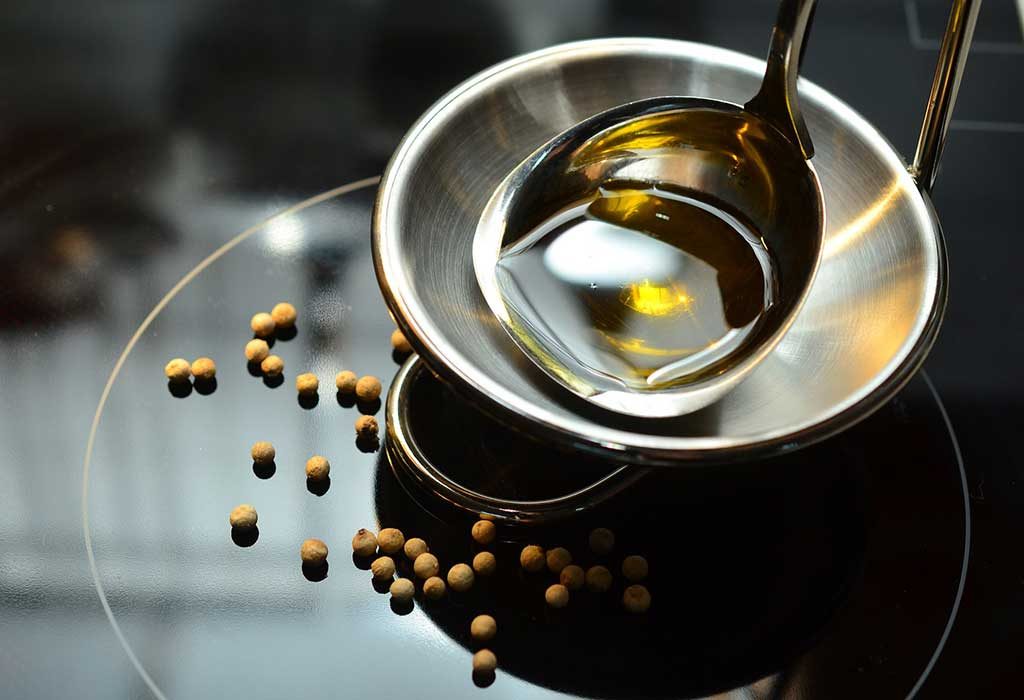What are the differences between cooking oils?
Three types of vegetable oil can be found on the market: refined, cold pressed and raw. Refined are most widely used, least expensive, and least healthy. Significantly better are cold-pressed. And the best are raw oils.
To better understand the quality of the oils available on the market, it is necessary to know the basic things about how they are produced. To produce oil, it is necessary to separate, or “extract” from the plant oil which is obtained from (sunflower, olive, etc.). Firstly the seeds are ground, and then it is necessary that the oil is separated from nonfat substances. This can be done in two ways: chemically or mechanically.
Refined oils
The chemical process consists in that the milled material is mixed with the toxic solvent, usually hexane to extract the oil from the source. However, both resulting oil then needs to be refined from the toxic solvent and prepared for human consumption. In order to achieve this, the oil is heated to very high temperatures. This not only changes the smell and taste of oil but mostly destroys most of the beneficial ingredients that oil contains. And the final product is more or less pure fat with very low quality. All refined oils, no matter from which plants that are made, can hardly have a distinguished taste from each other. Of course, in this way much more oil can be extracted than with mechanical squeezing, and this method is more efficient and less expensive – so prevalent and widely sold.
Cold pressed oils
This brings us to the cold pressed oils. The main difference between them and the refined oils is in the process of oil extraction and the solvents are not used during this process. The oil is pressed out by mechanical pressure – squeezing by presses – in the traditional way, as it was in earlier times. This oil does not have to be subsequently heated to very high temperatures, and therefore is called “cold pressed”. Controlled temperature, as well as the absence of chemical solvents, helps to maintain maximum nutritional composition, as well as a specific flavor of the seeds from the oil is obtained. For example, cold pressed sesame oil has a distinct taste of sesame seeds and pumpkin oil has a pumpkin seeds taste. It is far more preferably in the daily diet to use cold-pressed than refined oils. However, they should be added at the end of the cooking in order not to expose to the high-temperature while cooking. The exception is cold pressed coconut oil that, who can be exposed to high temperatures because unlike other vegetable oils has healthy saturated fat in its composition.
Not quite “cold” oils
The term “cold pressed oil” may somewhat be misleading. According to American standards, for example, “cold pressed” oils can be called all oils that are not heated over 200° C. In some machines and with some types of seeds, due to great pressure and friction, the “cold squeezing” temperature can be raised up to 70 ° C. According to European standards, which again differ from country to country, “cold pressed” generally can be called oil when the squeezed oil is not heated above 50 ° C.
The highest quality – raw oil
This brings us to the raw oils. Some recent technological solutions enable the oil from the seeds to be extracted so that the temperature does not exceed (98° F or 37 ° C ) (that is a human body temperature), which makes the thus-obtained oil completely natural product of superior quality, in which are preserved all enzymes, essential fatty acids, vitamins, and minerals. These oils are certainly the most recommended for daily use, but they should not be used for cooking and frying, but as a salad oil, dressings and as a food additive. This oil is particularly used by the fans of raw food, because they can use it in making a variety of delicious unleavened food, with almost completely preserved quality like the seeds from which they originate.
Related: Olive oil – universal health protector

